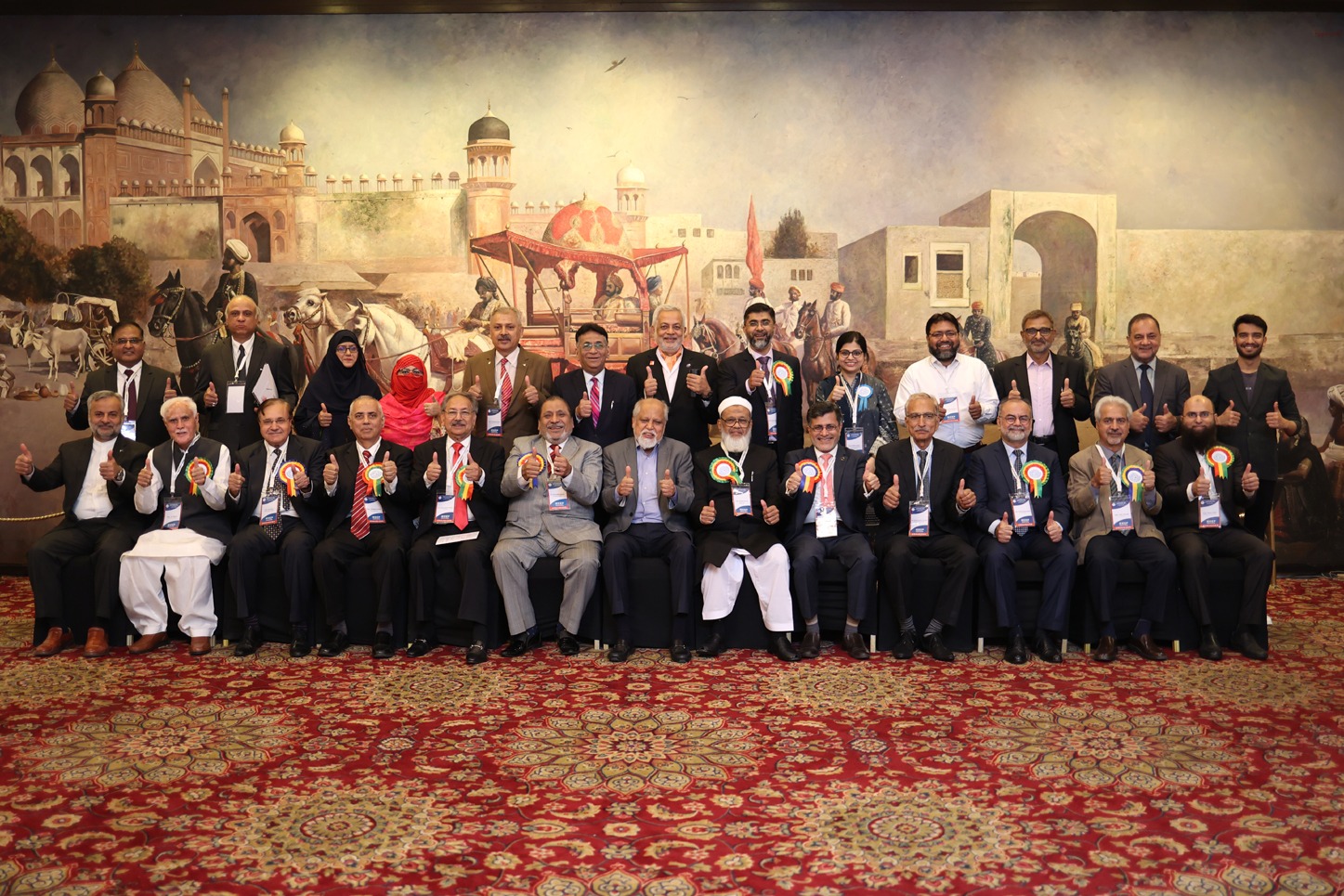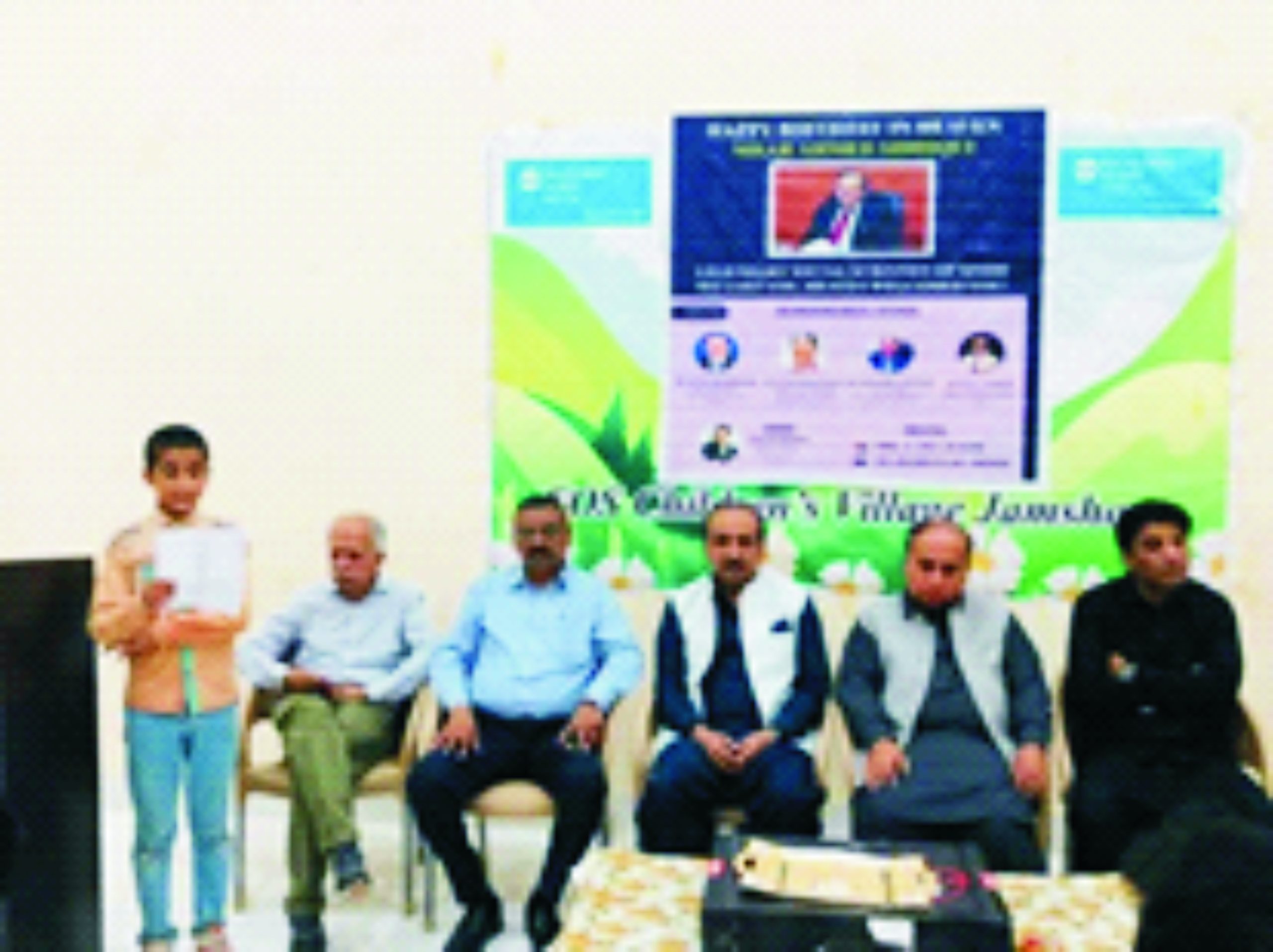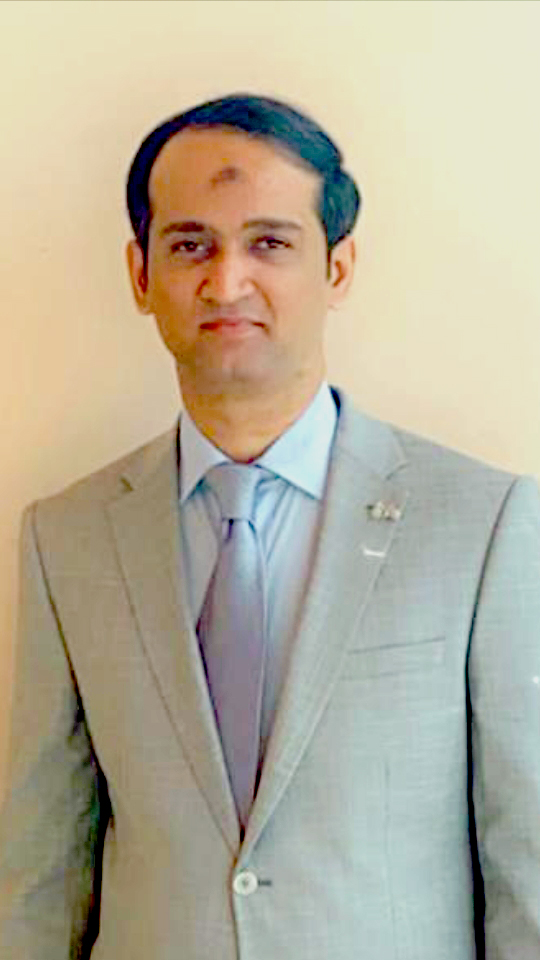Reverse engineering, local experts must for prosperity: Engr. Najeeb Haroon
IEEEP confers Life Time Achievement Award on Engr. Irfan Ahmed
Chairman Pakistan Engineering Council (PEC) Engr. Najeeb Haroon has said that to improve the country’s economy, work on reverse engineering […]





